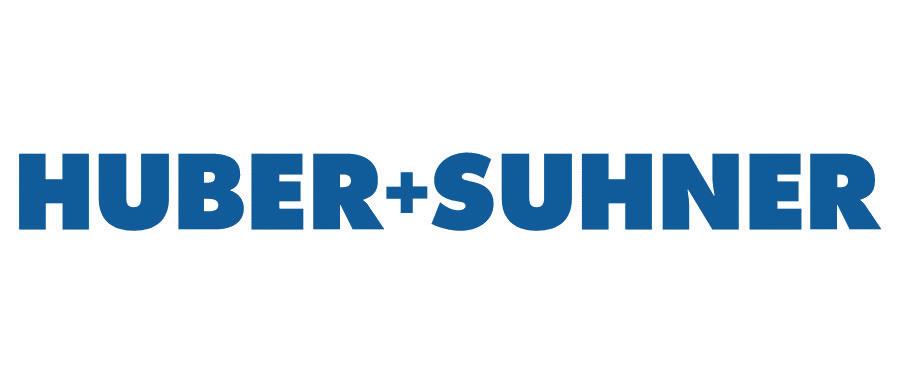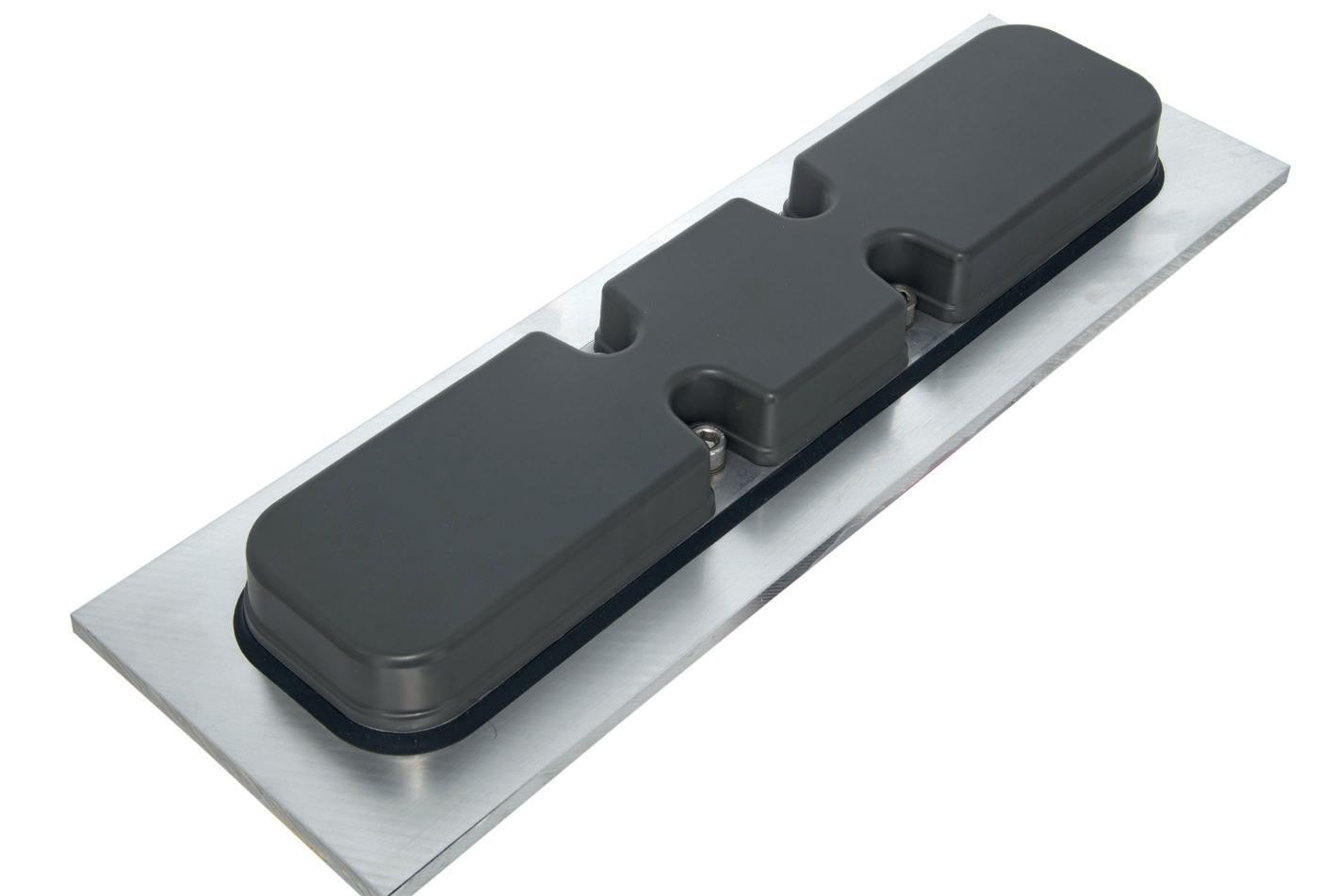
6 minute read
The Digital Railway
Antennas: the key to enabling fast connectivity on trains
As society becomes increasingly connected and digitally driven, people travelling by train expect fast connectivity at their fingertips and enough space to have a comfortable journey says Daniel Montagnese, Head Product Management Antennas at HUBER+SUHNER
With the internet being such a large part of everyday life, passengers want to be able to check their emails, stream videos to stay entertained or contact friends and family while travelling. As such, the top priorities of operators are passenger capacity and comfort.
This means that modern train designs need to utilise as much space as possible inside and outside the carriage, leaving little room for roof mounted equipment, such as antennas. However, with antennas playing a vital role in ensuring fast and smooth connectivity, this can leave rail operators with a significant challenge to overcome.
Overcoming environmental challenges External rooftop antennas allow for plenty of space inside the carriage to keep passengers as comfortable as possible, while enabling fast connectivity to be provided. With many different rooftop antennas available to purchase, rail operators must carefully consider which one will best suit their needs and more importantly, the needs of their passengers.
As they are exposed to the elements, a rooftop antenna must be hardy and resistant. It must be able to withstand tough conditions and offer longevity and reliability no matter the environment it is travelling through. Trains encounter many different types of terrains, landscapes and weather conditions, so rooftop antennas must be selected with these factors in mind. It is not unusual for operators to apply silicone to the outer edge of a rooftop antenna, in order to protect the device against wet weather conditions. However, when silicone is applied, removing or replacing the antenna becomes challenging and complex, and can cost the operator valuable time, resources and money. To prevent this, operators should look at an antenna that features its own secondary seal. This provides an extra layer of protection for electrical components and no costly adaptions are needed.
High voltage and current protection are also vital, for infrastructure on the outside of the train. Overhead lines can carry up to 25,000 volts, which is 100 times greater than the supply we receive to our homes. While this is necessary for the everyday running of the train, operators must be diligent when choosing external mountings and opt for those designed to redirect the dangerous energy from the catenary line away from the RF path.
Operators cannot simply attach anything they like to the exterior of the train. When passing through tunnels, the train must adhere to strict height restrictions which allow the carriage to complete its journey safely, without damaging infrastructure. Particularly in regions like Europe, where bi-level rail cars (or double decker trains) are common, there can be a miniscule amount of space between the train’s rooftop and the tunnel ceiling.
To overcome this challenge, operators should implement low-profile solutions, which sit relatively flat to the train’s rooftop, and do not cause an obstruction to existing permanent infrastructure.

Staying future-ready Whether passengers are completing their daily commute, or travelling cross country, modern connectivity expectations are stringent. Activities such as video streaming or online gaming require a high-speed
HUBER+SUHNER SENCITY® Rail Low-Profile antenna featuers own secondary seal

Very low profile (40mm) supports installation on trains with narrow gauging requirements.
connection to function, and without this, passengers will become frustrated. In order to stay future-ready, operators should choose antennas that are equipped for 5G, as well as the upcoming Wi-Fi 6E protocol. By doing this, they can accommodate the latest generation of internet, keeping customers satisfied and staying ahead of the competition.
Another way to stay future-ready, is for operators to join the migration from legacy GPS navigation to GNSS systems like Galileo, BeiDou and GLONASS. As well as offering greater accuracy and resilience, GNSS systems utilize many more satellites, meaning there are more available signals resulting in greater accuracy in a move towards the ultimate end goal – a better connection. Antennas which provide access to dual-band GNSS ensure greater access to the maximum number of data sources, enabling operators to provide the best possible chance of a reliable connection.
An important part of staying futureready, is the realization that at some point – infrastructure will need to be upgraded. Portfolios of equipment which use the same mounting interface make this process simple and hassle-free, meaning less installation time, saving operators costs. Portfolios like the HUBER+SUHNER SENCITY® Rail portfolio not only have a common interface, but also work with the interface that the Kathrein rail antennas have been used for decades. A swift upgrade is vital for minimum interference and maintenance.
Stringent regulations can stop the smoothest of plans in their tracks, especially when they differ from region to region. Many rail operators want to deploy train infrastructure across the world, meaning they must comply with a variety of local rules. To prevent a headache, operators should implement equipment which is certified according to EN45545 and NFPA-130 regulations, so it can be deployed without hassle, wherever the business takes it.
Choosing wisely When choosing connectivity solutions, factors like form height, mountings and environmental protection may seem menial to operators. However, paying close attention to these details, is how malfunctions, damages, and subsequent down-time and customer dissatisfaction are avoided. Those who opt for a low-profile, future-ready design, will be the ones who see infrastructure meet high expectations for years to come.
Email: daniel.montagnese@hubersuhner.com Visit: https://www.hubersuhner.com/en/ products/radio-frequency/antennas/railway/ sencity-rail-low-profile
WEDGE GROUP GALVANIZING
Your Galvanizing Partner

RISQS approved, Wedge Group Galvanizing is the UK’s largest galvanizing organisation. With 14 plants across the UK we offer a national service, processing steel from a 1.5mm washer to 29m beam. Our plants are designed and equipped to set industry-leading standards for sustainability and low environmental impact.
E: info@wggltd.co.uk T: 01902 601944 www.wedgegalv.co.uk
ISO 9001
Quality Management
Setting the standard in Winter protection

Trusted by the rail industry for over 50 years
Arrow Solutions manufacture specialist rail cleaning and maintenance products, focusing on the areas of mechanical and electrical. Train and tram operating companies, network and infrastructure providers and service facilities of all types rely on Arrow products to get the job done. Talk to Arrow to discover how our capability for innovation can solve the problems the weather throws at your network.
THIRD RAIL ANTI ICING FLUID UNIVERSAL DE-ICER
C456
1000L
Developed to prevent ice build-up on third rails and to allow residual ice to easily sheer from the surface of the rail. Fast acting de-icing solution designed for spray application to rapidly remove ice and snow residues from equipment, points and switchgear. Fast and effective prevention and removal of snow and ice from platforms, pedestrian walkways and car parks during cold conditions.
20L
C122
1000L
ISO 14001
CERTIFICATION
UKAS
MANAGEMENT SYSTEMS
014
ISO 14001:2015 Cert No. 042075
9001:2015
+44 (0)1283 221044
THAW GRANULES
C102
9kg pail
1000kg IBC










